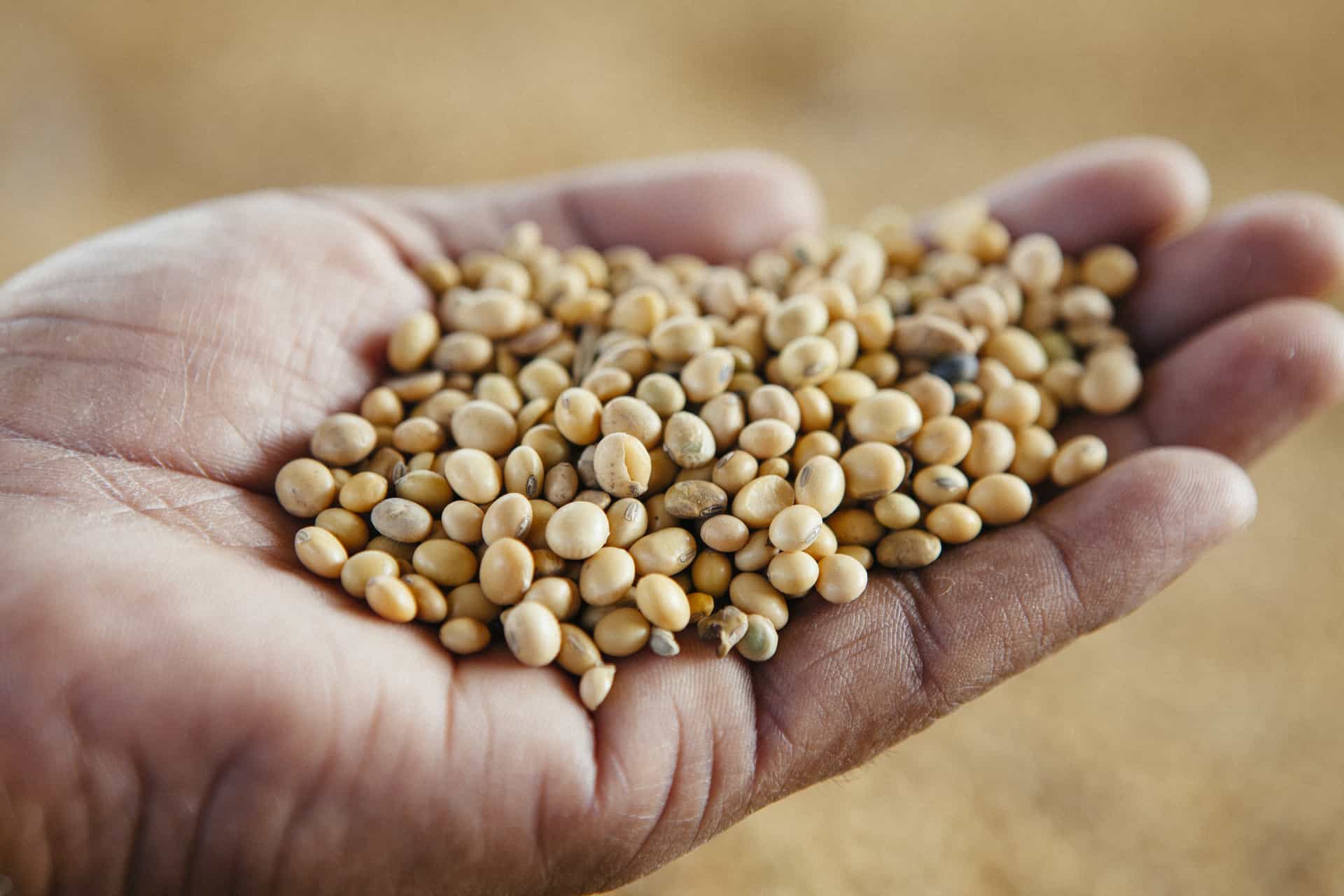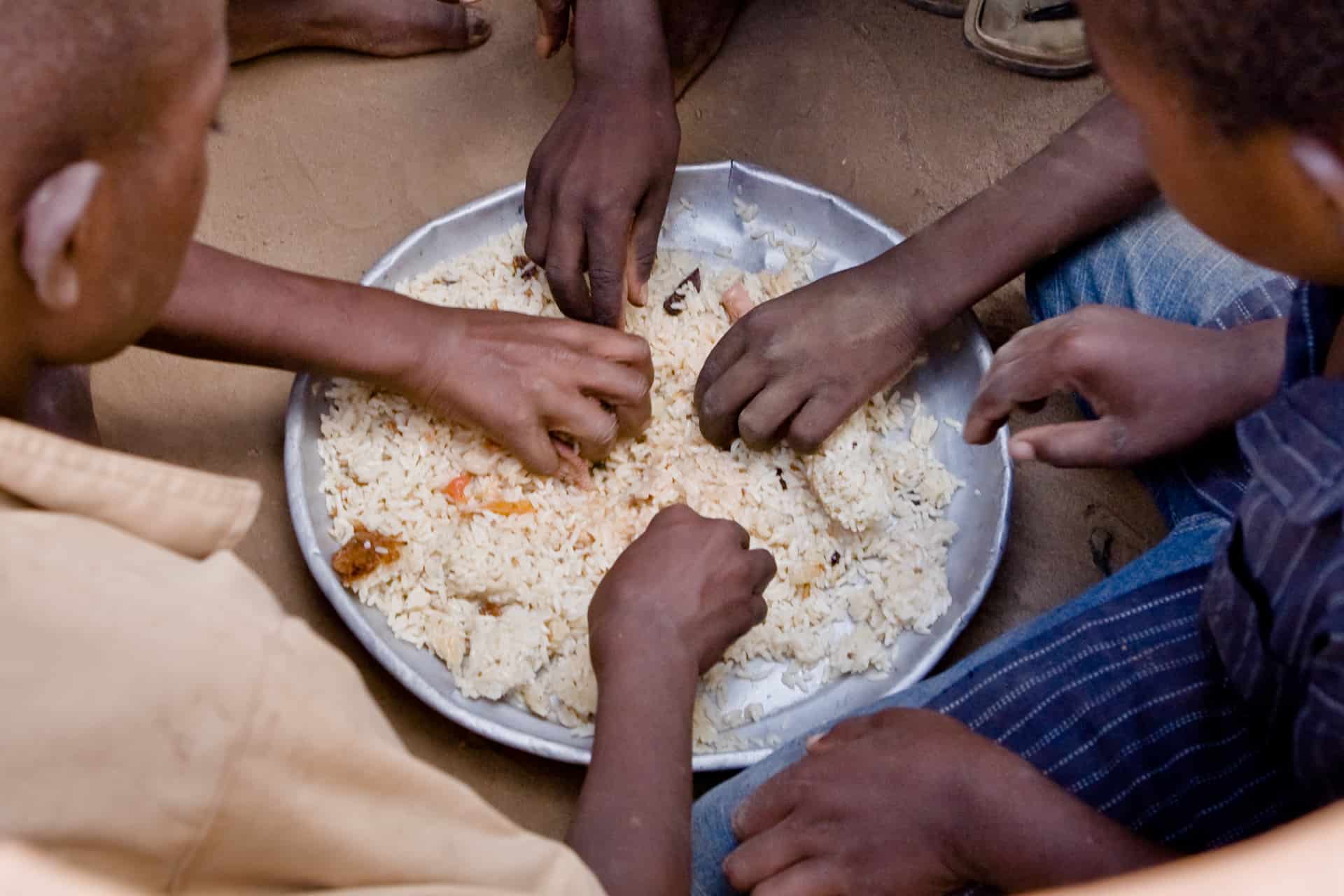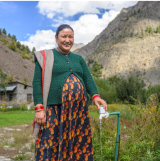Fortifying Our Food to Fight Climate Change

Fortification Definition: The practice of deliberately increasing the content of an essential micronutrient, i.e. vitamins and minerals (including trace elements) in a food, so as to improve the nutritional quality of the food supply and provide a public health benefit with minimal risk to health.
In recent decades, two very modern elements have radically transformed the world’s food systems: rapid technological advancement and global warming. Giant leaps in technology have been possible as innovations rapidly build on each other. In most cases, they have been tremendously efficient and beneficial. For instance, the cost of DNA sequencing per genome was US$100 million in 2001. Today it costs just US$1,000. Smart agricultural technologies such as low-cost sensors for soil, irrigation, and cloud computing have empowered farmers to make data-driven decisions, access best practices in real-time, and minimize the use of inputs, putting them in a position to conserve resources while improving productivity. Advances in genome sequencing, aerial and satellite coverage, and mobile platforms for precision farming also benefit smallholder farmers.

Despite these positive developments, climate change has proven to be a formidable challenge. Rising levels of carbon dioxide in the atmosphere not only heat up the globe, creating drought and other weather shocks that significantly impact crops, but they also reduce the concentrations of essential micronutrients and protein in major food staples such as rice, wheat, maize, pulses, and potatoes. This could potentially compromise the nutritional intake and consequent health of future generations.
How can we wield humanity’s considerable capacity for innovation to combat climate change’s devastating effects on the world’s crops?
We have already seen some new technologies developed which allow growing cycles to be reduced, enabling food to be grown by anyone, anywhere – even in tiny urban spaces. Another surprising solution may be food fortification. In the wake of the 2019 EAT-Lancet Report on Food, Planet and Health, Greg Garret and colleagues raised an intriguing concept: Can Food Fortification Help Tackle Climate Change? Data to support this notion is still limited. Still, given the massive contribution of food production to greenhouse gas emissions, along with the fact that food and micronutrient production will need to increase to meet the needs of 10 billion people by 2050, this question certainly deserves further exploration.

While global warming is most certainly a global problem, its effects are keenly felt in low- and middle-income countries (LMICs). These regions also have seen less widespread fortification of their local food staples than high-income countries (HICs). Therefore, fortification could be an effective “one-two-punch” against both dietary micronutrient deficiency and the climate change shocks experienced by food systems.
Sight and Life believes that targeted investment and technology transfer from HICs to LMICs will be crucial in sharing and adapting existing techniques, like food fortification, to new markets. To that end, we are initiating Food Systems Innovation Hubs in Africa and Asia to accelerate this process. These hubs will share both capital goods and knowledge resources with partners in developing countries, allowing LMICs to access productivity and sustainability enhancing innovations, which will be key to fortifying local diets and strengthening their fragile food systems.
To learn more about Food Systems Innovation Hubs, watch the recent webinar and learn how to be part of the coordinated effort to improve the world’s food systems. Read further on the topic by clicking HERE.
Read next
Discover more
News & announcements
Find out what is new at Sight and Life
Multimedia
Explore our videos, podcasts, and infographics




